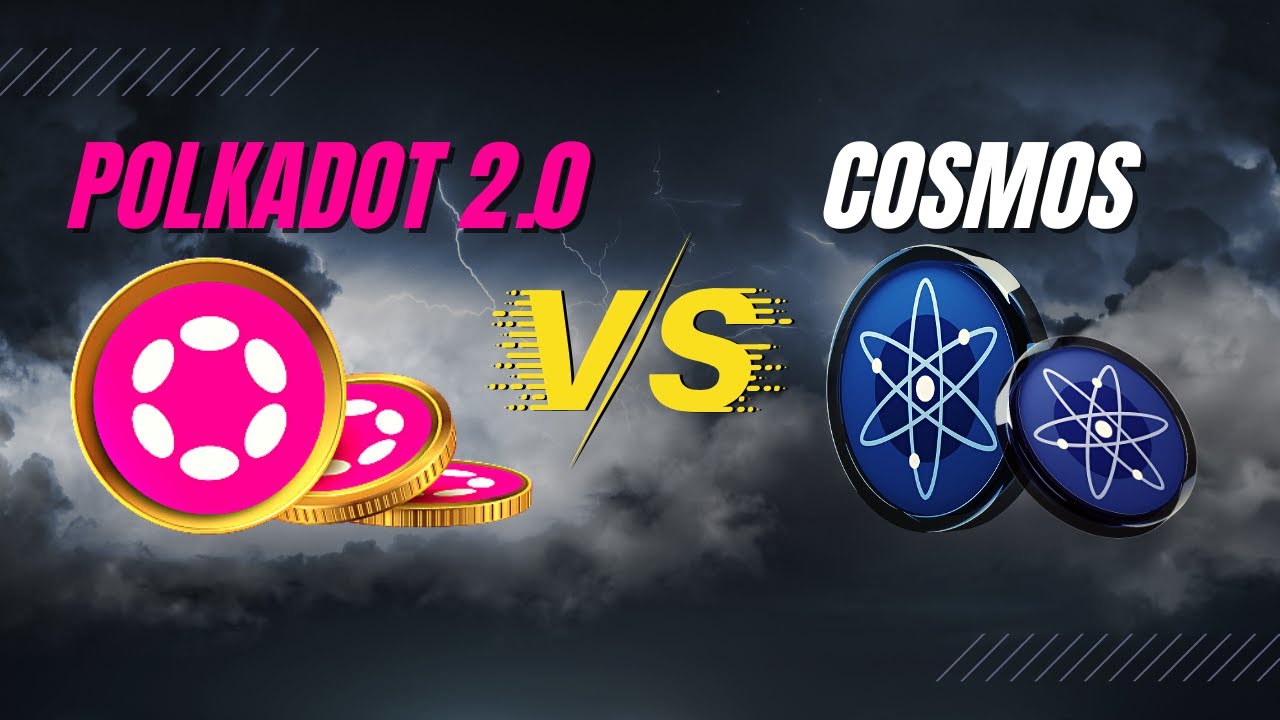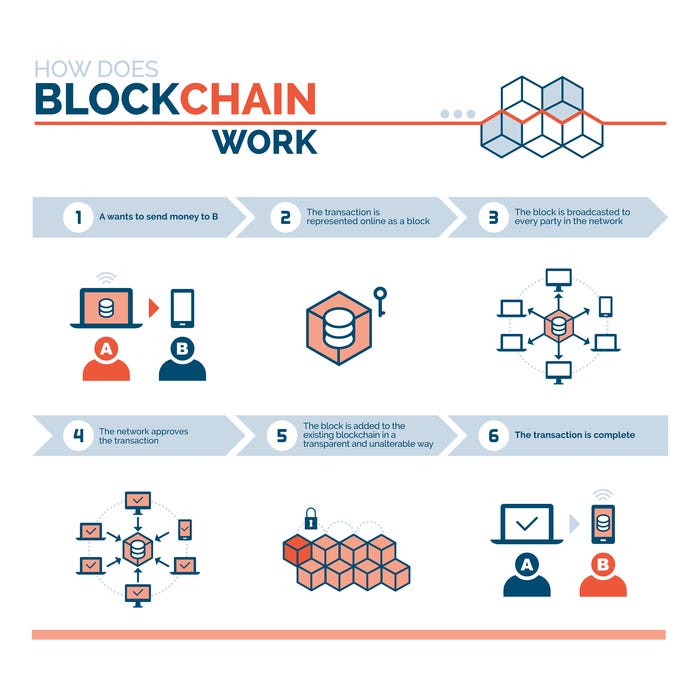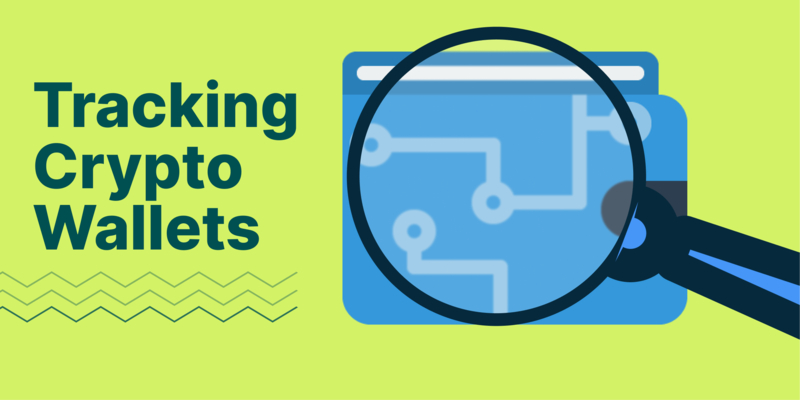Cosmos vs Polkadot: The Battle for Blockchain Interoperability
As blockchain technology advances beyond isolated networks, the demand for interoperability—the ability for different blockchains to communicate and share data—has grown exponentially. Two of the most prominent projects addressing this challenge are Cosmos and Polkadot. Both aim to create an interconnected ecosystem of blockchains, but they approach the problem with different philosophies and architectures.
In this article, we’ll explore in detail how Cosmos and Polkadot work, compare their technical models, governance, scalability, and security, and analyze their impact on the future of decentralized applications and Web3.
1. Overview of Cosmos and Polkadot
Cosmos
Cosmos brands itself as the “Internet of Blockchains.” It aims to enable sovereign blockchains to interoperate with each other in a modular and permissionless fashion. The Cosmos ecosystem includes independent blockchains called Zones, which connect to a central hub—Cosmos Hub—through a protocol known as IBC (Inter-Blockchain Communication).
- Launch Year: 2019
- Key Technologies: Tendermint BFT, Cosmos SDK, IBC
- Token: ATOM
Polkadot
Polkadot is a sharded multichain network designed to enable different blockchains (called parachains) to communicate and share security. It connects these parachains through a central Relay Chain, offering a unified governance and security model.
- Launch Year: 2020
- Key Technologies: Substrate, Relay Chain, Shared Security
- Token: DOT
2. Architecture and Design Philosophy
Cosmos Architecture
- Hub-and-Zone Model: Each Zone is a standalone blockchain with its own validator set and can use the Cosmos SDK to customize features.
- Cosmos Hub: Acts as a central blockchain, but it’s not required—Zones can also connect directly using IBC.
- IBC Protocol: Allows seamless communication between Zones. Each Zone maintains its sovereignty.
Key Strength: Maximum flexibility and sovereignty for each blockchain.
Polkadot Architecture
- Relay Chain: The central chain that provides security and consensus for connected parachains.
- Parachains: Independent blockchains that plug into the Relay Chain and inherit its security.
- Parathreads: Pay-as-you-go parachains that don’t need to lease a slot continuously.
- Bridges: Connect Polkadot to other networks like Ethereum or Bitcoin.
Key Strength: Unified security and governance under a single umbrella.
3. Interoperability
Cosmos
- Uses IBC, a standardized protocol for cross-chain messaging and token transfers.
- IBC is permissionless, allowing any IBC-enabled chain to connect to another.
- Supports multi-hub environments, enabling direct chain-to-chain communication without bottlenecks.
Polkadot
- Interoperability is centered within the Polkadot ecosystem—parachains can communicate with each other via XCMP (Cross-Chain Message Passing).
- External interoperability (e.g., Ethereum) relies on bridges, which may be more limited compared to IBC’s generality.
4. Governance Models
Cosmos
- Each Zone has its own governance, allowing for complete autonomy.
- Cosmos Hub has its own DAO, where ATOM holders vote on proposals and upgrades.
- Changes to the protocol are made via on-chain governance.
Polkadot
- Employs a centralized governance system for the entire network.
- Uses DOT token holders, Council, and a Technical Committee to propose and vote on changes.
- All parachains follow the governance and upgrade schedule of the Relay Chain.
5. Scalability and Performance
Cosmos
- Scalability is achieved through the creation of many sovereign chains, each processing its own transactions.
- No reliance on shared security allows greater throughput, but may pose security challenges.
Polkadot
- Scalability via sharding—each parachain operates in parallel.
- The Relay Chain limits the number of parachains due to slot constraints.
- Shared security helps reduce attack surfaces but introduces performance limits on slot availability.
6. Security Models
Cosmos
- Sovereign security—each Zone must secure itself via its own validator set and incentive mechanisms.
- Pros: Customizable security models.
- Cons: Smaller Zones might be more vulnerable to attacks due to limited validator power.
Polkadot
- Shared security—the Relay Chain provides a pooled validator set that secures all parachains.
- Pros: Easier for small projects to launch securely.
- Cons: Requires staking DOT and slot leasing, which can be costly.
7. Development and Ecosystem
Cosmos Ecosystem
- Cosmos SDK is widely used (e.g., Binance Chain, Secret Network, Osmosis).
- Encourages experimentation and diversity—each Zone can implement features independently.
- Hundreds of IBC-enabled chains are now live or in development.
Polkadot Ecosystem
- Built with Substrate, a powerful framework for building parachains.
- Projects must participate in parachain auctions to secure a slot.
- Home to notable projects like Acala, Moonbeam, Astar, and Phala Network.
8. Tokenomics and Staking
Cosmos (ATOM)
- ATOM is used for:
- Staking to secure Cosmos Hub.
- Governance voting.
- Paying transaction fees (on Cosmos Hub only).
- Not a universal token across Zones—each Zone can have its own token.
Polkadot (DOT)
- DOT is used for:
- Staking and nominating validators.
- Governance voting.
- Bonding during parachain slot auctions.
- Transaction fees on the Relay Chain.
9. Pros and Cons Summary
| Feature | Cosmos | Polkadot |
|---|---|---|
| Flexibility | High – Zones are fully sovereign | Medium – Parachains must follow Relay Chain |
| Security | Independent per Zone | Shared across ecosystem |
| Interoperability | Via IBC, highly modular | XCMP and bridges, more contained |
| Governance | Localized to each Zone | Centralized to Relay Chain |
| Ease of Deployment | Easier – no slot auctions | Harder – requires DOT and auction |
| Developer Tools | Cosmos SDK | Substrate Framework |
10. Future Outlook
Cosmos
- IBC is becoming a standard for blockchain communication, even outside Cosmos.
- Cosmos Hub is undergoing changes (e.g., ATOM 2.0 proposal) to strengthen its role.
- Potential to become the most modular and decentralized interoperability platform.
Polkadot
- Polkadot’s secure-by-design approach appeals to institutional and regulated use cases.
- Introduction of asynchronous backing and parathreads could significantly boost scalability.
- Continued expansion into DeFi, gaming, and real-world asset tokenization.
Conclusion
Both Cosmos and Polkadot are pioneering approaches to interoperability, but they target different developer and application needs.
- Choose Cosmos if you value freedom, modularity, and custom governance.
- Choose Polkadot if you prioritize shared security, unified governance, and scalability under a common framework.
As blockchain matures, both ecosystems are likely to co-exist and interconnect—bringing us closer to a seamless multichain future.




